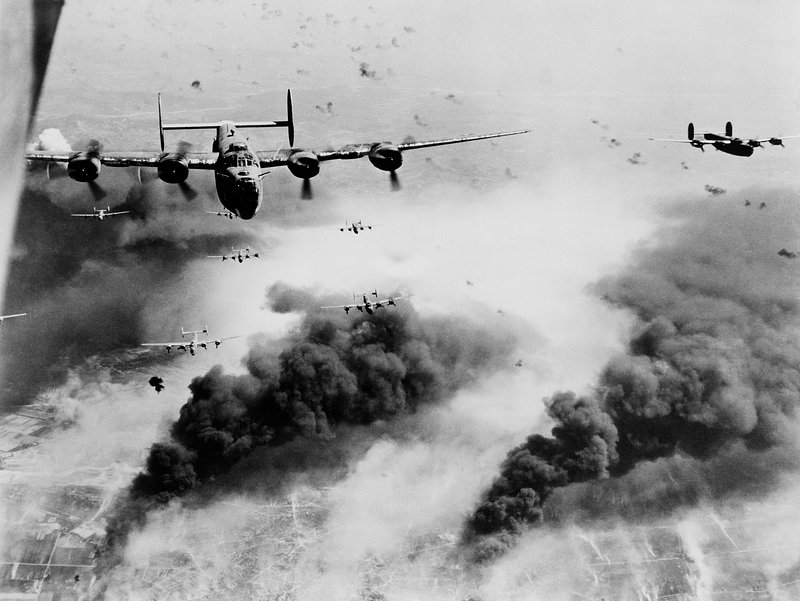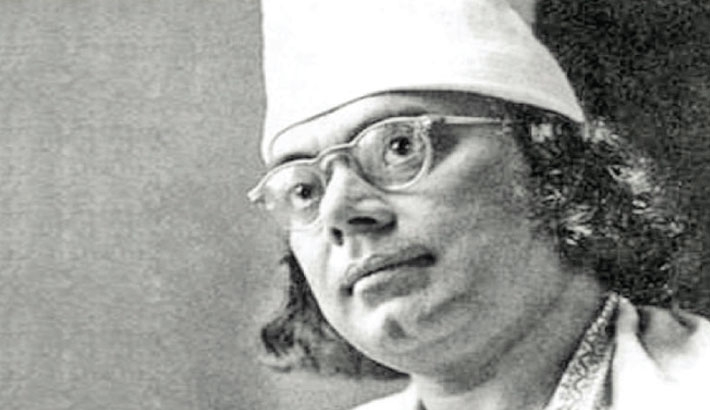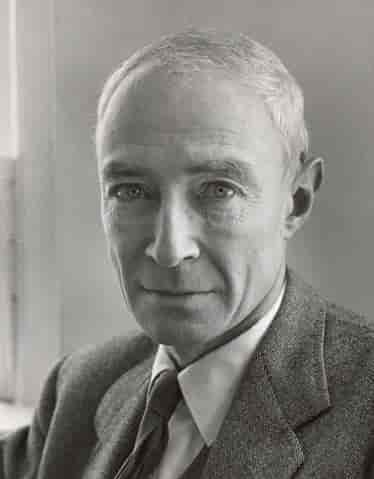Photo: Wikipedia
Date: 28 July 1914 – 11 November 1918 (4 years, 3 months and 2 weeks)
Location: EuropeMiddle EastAfricaPacificAtlanticMediterranean and Adriatic
Result: Allied Powers victory
Commanders and leaders
Main Allied leaders
Robert Nivelle
H. H. Asquith
David Lloyd George
Nicholas II
Luigi Cadorna
Armando Diaz
Woodrow Wilson
Main Central leaders:
Wilhelm II
Franz Joseph I
Enver Pasha
Ferdinand I
World War I, often referred to as “The Great War,” was one of the deadliest and most transformative conflicts in modern history. It raged from 1914 to 1918 and involved many of the world’s major powers, leading to significant political, social, and economic changes that would shape the 20th century. The war was unprecedented in both its scale and the devastation it caused, with millions of soldiers and civilians losing their lives.
Causes of World War I
The causes of World War I were complex and multifaceted, rooted in a web of political alliances, nationalistic fervor, imperial ambitions, and militarism that had been brewing for decades. Four main underlying causes are often cited:
Nationalism: Nationalistic fervor was rising across Europe. Ethnic groups in multi-national empires like Austria-Hungary sought independence, while countries like Germany and Italy were eager to assert their power and expand their influence.
Imperialism: European powers competed fiercely for colonies and resources around the world. This competition often brought nations into conflict over territorial control, particularly in Africa and Asia.
Militarism: European powers had been building up their military forces for years, leading to an arms race. The belief in the necessity of military strength created a sense of inevitability regarding war.
Alliances: European countries formed defensive alliances to protect themselves against potential threats. Two major alliances emerged: the Triple Entente (comprising France, Russia, and the United Kingdom) and the Triple Alliance (comprising Germany, Austria-Hungary, and Italy). These alliances, intended to maintain peace, ultimately set the stage for a large-scale war once conflict broke out.
The immediate cause of the war was the assassination of Archduke Franz Ferdinand of Austria-Hungary on June 28, 1914, by a Serbian nationalist in Sarajevo. Austria-Hungary’s subsequent declaration of war on Serbia triggered a chain reaction, with Russia mobilizing in support of Serbia, and Germany backing Austria-Hungary. Soon, France, the United Kingdom, and other nations were drawn into the conflict.
Major Phases and Battles
World War I is often remembered for its brutal trench warfare, particularly on the Western Front. The war can be divided into several key phases:
Initial Offensives (1914): The war began with rapid movements of troops and battles on multiple fronts. Germany’s Schlieffen Plan aimed to quickly defeat France by advancing through Belgium, but the plan stalled, leading to a prolonged stalemate on the Western Front.
Trench Warfare (1914–1917): As both sides dug in along the Western Front, the war became characterized by trench warfare, with soldiers fighting from deep, fortified trenches. This style of warfare led to horrific conditions, including disease, malnutrition, and massive loss of life for little territorial gain. Iconic battles such as the Battle of the Somme and the Battle of Verdun epitomized the scale of human suffering.
Global Expansion: While the Western Front is the most famous theater of World War I, the conflict was truly global. Battles occurred in Eastern Europe, the Middle East, Africa, and the Pacific. Germany’s colonies were attacked by the Allies, and the Ottoman Empire, which joined the Central Powers, faced Allied invasions on multiple fronts.
United States Enters the War (1917): In 1917, after repeated attacks on its shipping and the discovery of the Zimmermann Telegram (a German proposal to Mexico to join the war against the U.S.), the United States declared war on Germany. The influx of fresh American troops and resources helped to tip the balance in favor of the Allies.
End of the War (1918): The final phase of the war saw the collapse of the Central Powers. Germany, Austria-Hungary, and the Ottoman Empire were exhausted by years of fighting, and revolutionaries within these countries overthrew their governments. On November 11, 1918, an armistice was signed, ending the fighting.
Consequences of World War I
World War I had profound consequences for the world:
Human Cost: The war caused immense human suffering, with an estimated 10 million military deaths and millions more civilians killed by the fighting, famine, and disease. Additionally, many more were wounded or traumatized by the war’s horrors.
Political Upheaval: The war led to the collapse of four major empires: the German, Austro-Hungarian, Ottoman, and Russian Empires. In Russia, the war contributed to the Bolshevik Revolution in 1917, which resulted in the establishment of the Soviet Union. New countries were created out of the former empires, and Europe’s political landscape was redrawn by the Treaty of Versailles in 1919.
Economic Impact: The war had devastating effects on the global economy. European countries, especially France and Belgium, faced massive rebuilding efforts, while the war debts and reparations crippled the economies of several nations, including Germany. Hyperinflation and social unrest followed in many countries.
The Treaty of Versailles: The Treaty of Versailles placed heavy blame for the war on Germany and imposed significant reparations and territorial losses. This treaty, along with the war’s economic and political upheavals, sowed the seeds of resentment and instability that would eventually lead to World War II.
Legacy of World War I
World War I fundamentally altered the course of history. It marked the end of an era dominated by monarchies and empires and laid the groundwork for a new international order. The war accelerated technological and military innovations, including tanks, airplanes, and chemical warfare, which would have a lasting impact on future conflicts. Social changes also emerged, with movements for women’s suffrage gaining momentum, as women took on roles in the workforce during the war.
The trauma of the war, often referred to as “The Lost Generation,” had deep cultural and psychological effects on those who lived through it. The war’s poetry, literature, and art reflect the disillusionment and despair that many felt.
World War I remains a sobering reminder of the horrors of war and the consequences of unchecked nationalism, militarism, and political alliances. Its legacy continues to shape our world today, influencing international relations, military strategy, and the global balance of power.

Photo: Bundesarchiv, DVM 10 Bild-23-61-23 / CC-BY-SA 3.0
List of World War I films
The Little American
Hearts of the World
My Four Years in Germany
Shoulder Arms
The Lost Battalion
Yankee Doodle in Berlin
J’accuse
The Four Horsemen of the Apocalypse
Smilin’ Through
The Big Parade
The Dark Angel
Ypres
The Better ‘Ole
Photograph
Villanova University
The New York Times









